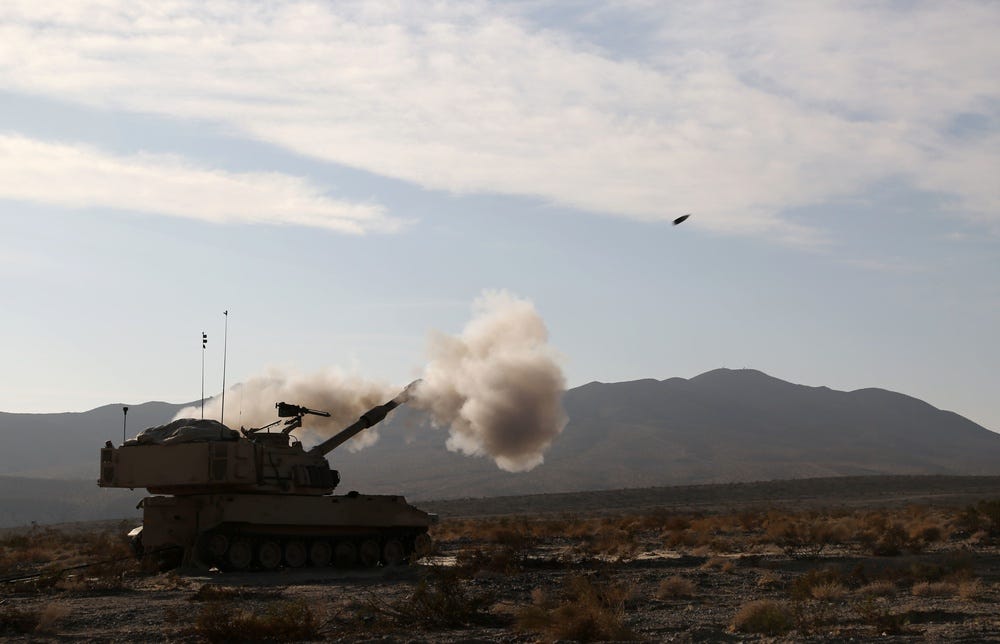Ultima ratio ...
Ukraine (2014-2023)
In a recent article, Big Serge quotes a Ukrainian official who claimed that, in November of 2022, the Russian forces bombarding Bakhmut employed nine artillery pieces for every comparable in the hands of the Ukrainian defenders of that city. I have no way of knowing whether or not those figures are true. However, in keeping with the “everything old is new again” philosophy of Tactical Notebook, I can try to offer some some perspective.
In the bombardment on the first day of Operation Veritable (8 March 1945), 1,248 Anglo-Canadian artillery pieces delivered nearly 6,000 tons of ordnance on a German division supported by 147 guns and howitzers. Thus, the ratio of Allied artillery pieces to their German counterparts was nearly eight and a half to one.1
This numerical advantage allowed the Anglo-Canadian forces to do three things. The first of these was reduce the effectiveness of German artillery fire, which, “while it put down a volume of fire heavier than any yet met by British troops in this campaign, was never very troublesome.” The second was the infliction of a high degree of moral paralysis on the German occupants of bunkers, many of whom seem to have been well beyond what is normally considered “military age.” The third was the rapid concentration of the fire of a thousand artillery pieces against a German force attempting to launch a counter-attack.2
There are, of course, many differences between the situation in Bakhmut at the present time and a battle fought in the last year of the Second World War. For one thing, the artillery pieces used in the war in Ukraine fire much larger shells than many of their counterparts from 1945. (A plurality of pieces employed in support of Operation Veritable were 25-pounders, which fired shells that weighed, marvelous to say, twenty-five pounds. The most common artillery pieces depicted in photos and videos from the present war in Ukraine fire shells that weigh a hundred pounds or so.)
Then there is the matter of ammunition. The use of 6,000 tons of propellant and projectiles on the first day of Veritable was made possible by the presence of a vast network of factories, ports, and railroads, reaching back, not merely to the British Isles and North America, but as far afield as South Africa, India, Australia, and New Zealand. The German division on the receiving end of the largesse of that “arsenal of democracy” made do with a Mulligan stew of shells and charges, many of which, having been taken from defeated foes and erstwhile allies, were new to the gunners handling them.
Shelford Bidwell and Dominick Graham, Firepower: British Army Weapons and Theories of War, 1904-1945 (Barnsley: Pen and Sword, 2004), page 290.
A. L. Pemberton, The Development of Artillery Tactics and Equipment (London: The War Office, 1950), page 266



